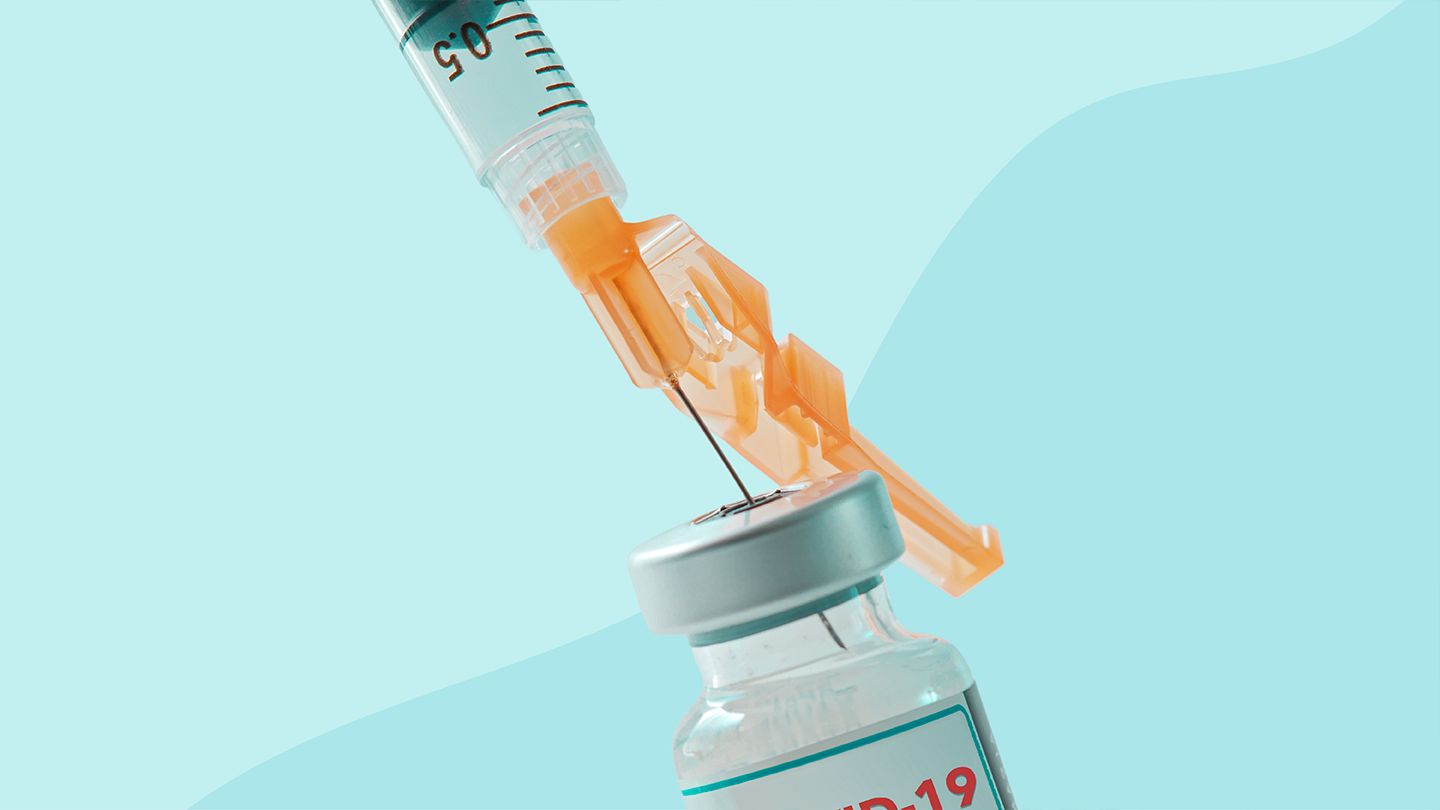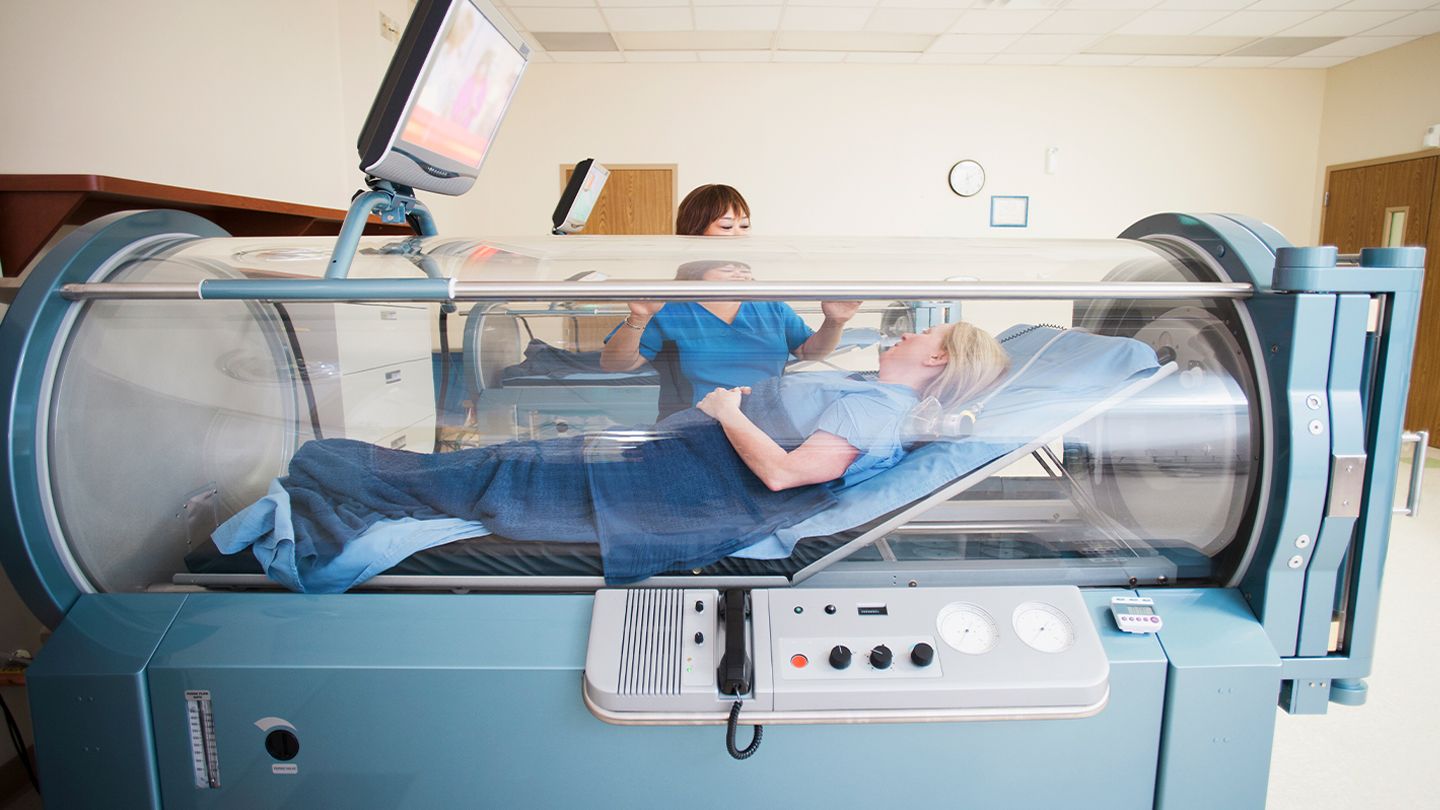In a unanimous 21-to-0 vote last week, an advisory board for the U.S. Food and Drug Administration (FDA) recommended that the original formulation of the COVID-19 vaccine be retired and all shots going forward be the bivalent version, which targets both the original coronavirus strain and circulating omicron variants.
Currently, two types of Pfizer and Moderna vaccines are available. Under the latest guidelines from the Centers for Disease Control and Prevention (CDC), initial vaccination begins with two shots of the monovalent (single-strain) vaccine, which was specifically designed to protect against the original form of the virus. After receiving these primary inoculations, booster doses of the newer bivalent vaccine can be administered. These bivalent shots target both the original virus strain as well as the newer omicron variants.
“Now we’re only going to have one vaccine out there that will simplify things for the general public if they haven’t been vaccinated yet, and for providers because they won’t have to keep both kinds of vaccine in stock and be ultra careful to make sure they’re using the correct vaccine for either primary immunization or for boosting,” said William Schaffner, MD, an infectious disease specialist and professor of preventive medicine and health policy at the Vanderbilt University School of Medicine in Nashville, Tennessee, who is not on the advisory panel.
Bivalent COVID-19 Vaccine Produces a Better Immune Response to Variants Now Circulating
Data so far shows that the bivalent shot produces a better response to the COVID-19 strains circulating now. In a study released by the CDC at the end of December 2022 analyzing more than 78,000 COVID-related urgent care and emergency department (ED) visits, those who got updated boosters were 31 percent less likely to go to the ED or urgent care compared with those who had been recently boosted with the original vaccine.
A CDC study published January 23 revealed that a bivalent mRNA booster dose provided added protection against the new omicron XBB and XBB.1.5 strains for at least the first three months in people who had previously received two to four monovalent vaccine doses. Results were based on tests from more than 29,000 individuals with COVID-like symptoms from December through January 13 this year. Scientists found that the updated boosters cut the risk of symptomatic XBB variant infection by about half for most adults compared with those who did not have the booster.
As of January 28, the CDC estimates that almost two-thirds of all new COVID-19 infections in the U.S. are XBB.1.5 or XBB.
Although the exact timing on moving strictly to a two-strain vaccine is unclear, Dr. Schaffner expects the government to move on this “expeditiously.”
FDA Advisors Not Yet Ready to Recommend an Annual COVID-19 Booster
The FDA advisory panel also discussed the option of establishing an annual COVID-19 booster that would be updated each year based on circulating strains, similar to the yearly flu-shot model we currently use. However, multiple committee members said they needed to see more data before recommending that COVID-19 boosters become an annual recommendation.
“I think it’s quite reasonable to think of another [update to the booster] for the fall [of 2023], but it’s hard to say that it’s going to be annual at this point,” said committee member Eric Rubin, MD, an adjunct professor of immunology and infectious diseases at the Harvard T.H. Chan School of Public Health.
Although there are many questions still to be answered about a yearly shot, Schaffner also thinks that the country is moving in the direction of an annual booster. “Nothing else seems practical. We can’t update the vaccine any more frequently,” he says. “Plus, the public is currently demonstrating that they have vaccine fatigue, so vaccinating people more frequently than annually against COVID is very, very problematic.”
So far only 15.5 percent of the U.S. population has gotten the updated bivalent booster, per the CDC.
“I keep reminding people that the bivalent booster at this time is still widely available and free,” says Schaffner. “Many of the people who are currently being hospitalized — and some of them dying — are people who are unvaccinated or partially vaccinated. If you’ve been partially vaccinated, you’re not up to date. You have a two and a half times increased risk of hospitalization and dying. So, by all means, get vaccinated.”




